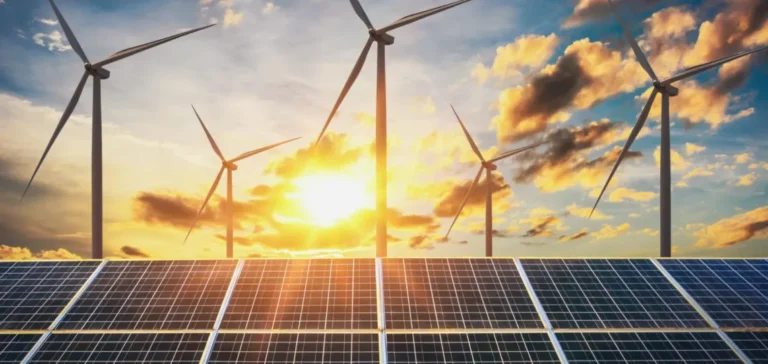A recent study by energy consultancy Wood Mackenzie titled “Benchmarking Latin America energy markets” highlights significant growth in renewable energy among the six largest Latin American economies by gross domestic product (GDP). Brazil, Mexico, Argentina, Colombia, Chile, and Peru share a common reliance on fossil fuels and mineral exports, rapid urbanisation, and rising energy demand, according to the report’s authors.
Declining dependence on fossil fuels
Although fossil fuels still dominate the regional energy mix, the countries analysed are gradually reducing their dependence. Brazil plans to lower their share to approximately 49% by 2050, according to data presented by Wood Mackenzie. By comparison, Mexico, currently heavily reliant on fossil fuels at 95%, expects a more moderate decrease to 86% by 2050. Argentina and Colombia also show projections indicating a steady decrease in favour of gradual growth in renewable energies.
Accelerated development of renewable energy
Chile stands out, achieving 70% of electricity generated from renewable sources by the end of 2024. This result is primarily due to the development of solar and wind energy, favoured by the country’s geography. In Brazil and Colombia, hydroelectric capacity continues to expand, while nuclear power remains a marginal resource, exploited only in Brazil, Argentina, and Mexico, with no significant short-term growth prospects.
Solar, wind, and biofuel energies also show significant growth across the region, leveraging abundant natural resources available in each of the analysed countries.
Green hydrogen and CCUS projects rapidly expanding
The report also identifies a notable increase in projects related to green hydrogen and Carbon Capture, Utilisation, and Storage (CCUS) technologies. Currently, 167 low-carbon hydrogen projects and 58 CCUS projects are listed across Latin America. Brazil leads in this sector with 43 projects, including an operational CCUS capacity of 24 million tonnes (Mt) and an additional 11.5 Mt under development.
Green hydrogen shows substantial momentum, with 82 ongoing projects mainly located in Chile, Brazil, and Argentina. Other projects across the region are at various stages of progress, illustrating the diversity and dynamism of these initiatives.
Wood Mackenzie’s report points out that strategic energy policy decisions vary between countries, with some benefiting from a developed domestic market, while others heavily depend on imports and exports of raw materials and energy. “Despite these significant advances, additional joint efforts, targeted policies, and sustained investments will be essential to achieving the announced energy objectives,” concludes Gerardo Bocard, analyst at Wood Mackenzie.






















